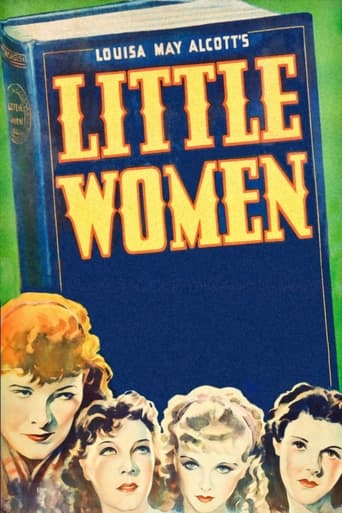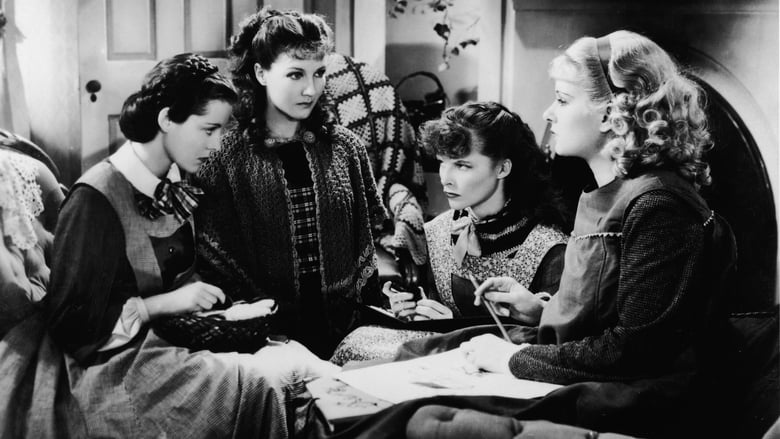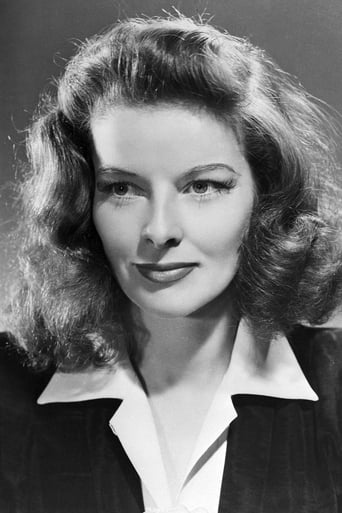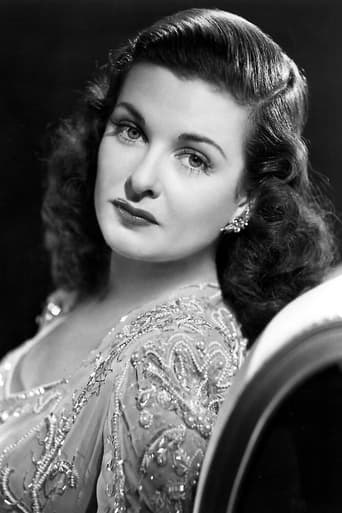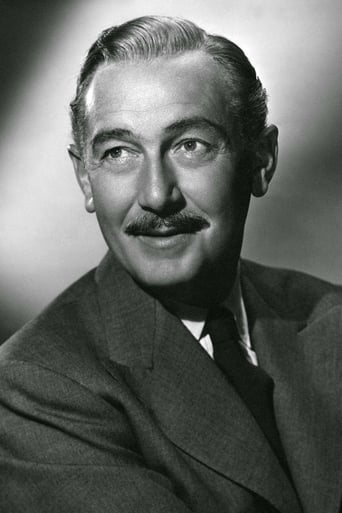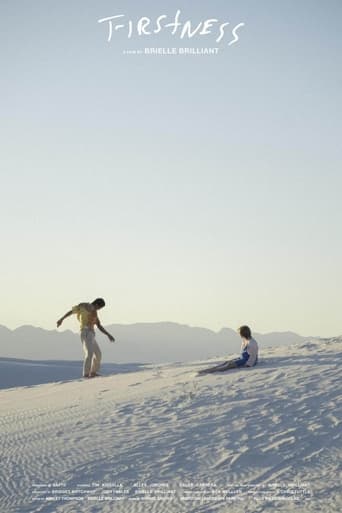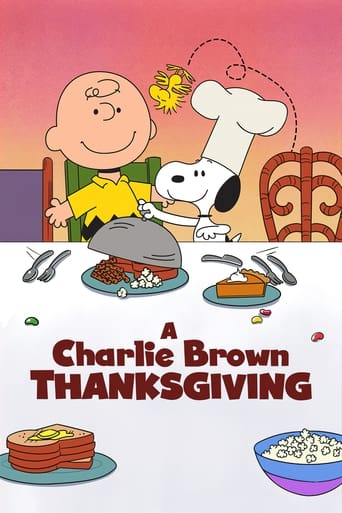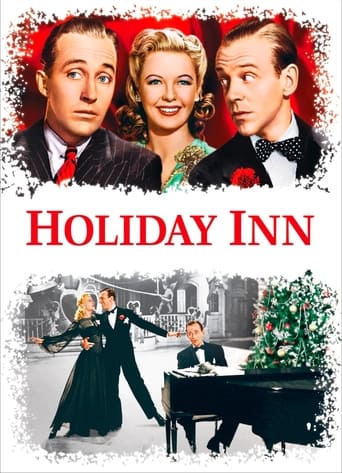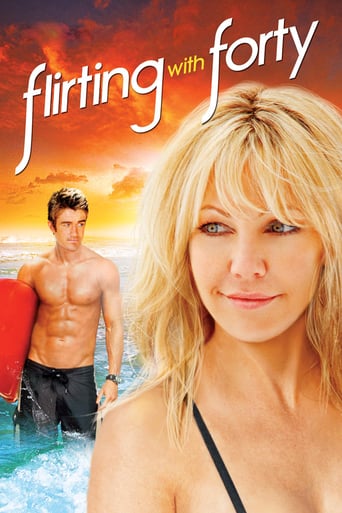Little Women (1933)
Little Women is a coming-of-age drama tracing the lives of four sisters: Meg, Jo, Beth and Amy. During the American Civil War, the girls father is away serving as a minister to the troops. The family, headed by their beloved Marmee, must struggle to make ends meet, with the help of their kind and wealthy neighbor, Mr. Laurence, and his high spirited grandson Laurie.
Watch Trailer
Cast


Similar titles
Reviews
Sorry, this movie sucks
I'll tell you why so serious
Expected more
The film never slows down or bores, plunging from one harrowing sequence to the next.
This is Hepburn's film, no question about it. Her sisters are there merely for decoration or to play up her role. The novel itself is quite episodic which doesn't always make for an easy adaption to the screen, running from one plot element to the next without stopping for breath. When it does stop on occasion the sentimentality of the day (the early Thirties of the film) is often cloying for today's tastes so the rhythm is often out of step. And it was hard to distinguish the personalities of the other sisters and how they developed. Even their names were hard to catch.The fact that Selznick fought for its right to be made and seen speaks well for him and was instrumental for the movies of the period.
Few would deny the powerful presence of Katherine Hepburn in any movie she ever made. In this first screen adaptation with sound of Louisa May Alcott's famous novel, Hepburn IS the movie. That is to say, her part, her lines, her camera time seem to surpass the combined times of all the rest of the cast. While that may be as one would expect for many stories – a star or hero being the focal point of a whole work, this film, based on this book, was supposed to be about several "little women." So, most of the rest of the characters in the film – save a neighbor male friend, really get short shrift. For that reason, and a few others I'll mention, I think this rendition falls short of the interesting story told in the book. I would like to have seen more development of the sisters than this film has. The later remake – 1949's MGM production, does flesh out all the characters more. The problem with the overly heavy emphasis on the one character in this first movie is that the audience doesn't get much of a sense of who are the rest of the members of the family. So we can't so readily experience the ups and downs, the emotions, the tragedy and love felt between the sisters and their mother. Hepburn does a very good Jo, but not great. I think her efforts to be the tomboy were overdone in a few instances, which only drew my attention to this aspect of her role. She didn't seem to come by it naturally. One example was when she spoke a couple of times, acting and deliberately mimicking a deep-throated guttural voice for a man. At other times, she seemed to push it a bit and overact in flamboyance of tom-boyish behavior. There were no other notable performances by other cast members. Paul Lukas as Professor Bhaer and Douglas Montgomery as Laurie were good. Most of the rest were just OK or non-descript. One member was just not right for the role of Marmee. Spring Byington brought no depth or real feel to the role that the viewer could sense. But, then, the film just seemed to glide over the lesser roles. "Little Women" is a good story in the American library, and this film is enjoyable to watch. But, for a much more involving and endearing film, be sure to see the 1949 rendition by MGM.
I saw this film for the first time today after searching forever for it. And I was not disappointed like I was with the 1949 one with Elizabeth Taylor and Margret O'Brien. I am a great fan of the book and as such there were some things that irked me about this film. First off, there was heaps of Amy story lines and dialogue the most apparent being how she burnt Jo's written work and books, and then later nearly drowned (only to live after Laurie and Jo saved her) were left out which made me slightly mad. Also the fact that the actress was too old to play the younger Amy (but nonetheless played her very very well) was also slightly distracting though didn't nearly as bother me as much as the missing 'book burning scene'. Secondly some things were hastily rushed into and/or not really explained or came out of nowhere like how Amy and Laurie were suddenly married, with out much back story to it. Katherine Hepburn one of the most talented actresses of all time, shines as Jo in her tom boyish ways. She literally stole the show with her acting and it was truly a joy to watch, her scenes with Laurie were the most wonderful as you could really sense their 'fun and childlike' plays. She picked up Jo's character in a way no other actress could. It seemed like the character 'Jo' and 'Katherine Hepburn' were made for each other. It's rare to find that. When I first heard Frances Dee was playing Meg I thought, 'What?? She's more of a Beth!' but nevertheless she surprised me and was absolutely wonderful in her role. The actress who played Beth was astounding, her scenes were so well done, she was such a dear and you really care for her while you're watching. I loved Douglass Montgomery as Laurie he played Laurie very well and very true to the character. Not the most perfect adaption a lot has been changed and left out, but one of the best, most beautiful films you'll ever see in your life time. Heart warming and lovable, a real classic.
This is one of my first black and white films to watch and I really enjoyed it. Mostly, because I was able to see the queen differences that time has taken on films. Compared to other older films I have seen, the actresses and actors don't seem as "fake" and script written. The four sisters show the true interactions that my sisters and I go through. This film was completed only six years after the first "talkie" was done. And for that, I believe that this films sound came out wonderful. It's a mono with a RCA sound system. For the music, it is blended with the voices of the actors well. There are a few times where there is only a song playing while the film becomes silent. The March sisters have a few screaming spells that seem to almost burst the speakers and become very raspy. But, overall the sound quality was great. The music in the set, such as the piano, and off the set, where cued in very well together. The date of this movie explains a few mishaps during the film. There are a few "flickers" through out the film, the alternation of light and dark caused by the opening and closing of the projector's shutter. Though they are small and almost unseen, they do exist. The frame shift is usually done by fading in and out of each other. The few times that one frame ends by showing a complete black screen, the next frame usually takes a while to show, which makes that frame seem very abrupt. The beginning of the films flashes that credits over a small cottage in the distance with the well done special effects of snow. The motion of the film is normal as you can see the movement of the characters as the camera viewed them during the shooting of the film. Camera movement if used seldom. Each frame is usually shot still, head on, facing the set. Some sets are seen from up to three angles. In the beginning of the film when Jo is trying to sneak out of her retched aunt's house, the camera is obviously rolled backwards away from Jo as she approaches the unseen door that you think is directly behind the camera. The camera does a few scenic swipes but nothing drastic. Since the film is older the camera shots aren't very creative and towards the end they become dull because you are tired of only being able to see the head on shot. In the scene where the two younger sisters are staring into the ball room watching the grown ups dance, I became eager so see what else was around the corner. But, the camera angle never moves and you have to imagine what is around the corner as you seen a couple dance by the open doorway every now and then. The lighting of the film caught me off guard as well. There would be candles lit in the March's house but the tops of all the girls head would be beaming with light. The film was well lit for being a black and white but the beaming light from the girl's heads gave it that "old timely" look. But, I do keep in mind that not every invention and adjustment that we have made in film making up to this point had been discovered during the production of LITTLE WOMEN. I assume that the men acting in this movie were wearing make up to help their features stand out. This is one of the ways in which they better improved the visual of black and white films. At times when the camera would shoot a close-up the characters seem to glow, giving off a halo shimmer around their heads. This film was done by Radio-Keith-Orpheum Corporation, RKO, founded in 1928, making this one of its first films. They did a great job by incorporating sounds from the actor's voices whether they were singing, talking, whispering, or screaming. Also, by having music come from the piano onset at the March's house, cued in my backstage instruments, or singing. The lighting always set the mood. When Jo was crying over her ill sister Beth in the upstairs attic like room, the only light seemed to appear from the moon light coming in through window, which gave a gloomy and sadden scene. Also, when the eldest sister was getting married everyone glow in white and there was no darkness. The morality of the movie reflected the hard times during the war which was over popular in all movies and novels during this time. But, I feel as though LITTLE WOMEN stood out because the plot and ending was not the fairy tales as most others are. It won an Oscar and showed many talented actors, directors, and composers.

